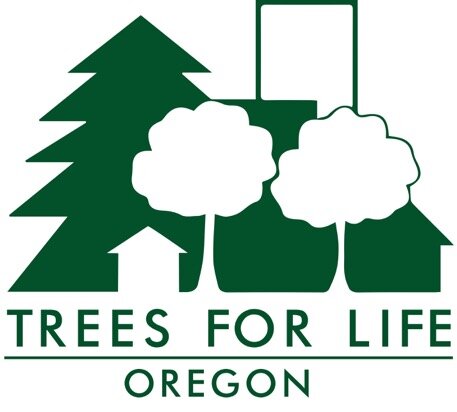Call to Action for Upcoming PBOT Public Hearing!
The Portland Bureau of Transportation’s Pedestrian Design Guide update, which does not require City Council approval, is locking in insufficient space for large trees in perpetuity for Portlanders living in areas facing intense development.
The result will lead to the same low-canopy/worst heat island outcomes that plagued historically redlined neighborhoods starting decades ago. Because vulnerable populations living in East Portland will bear the brunt of these rules, the guidelines run counter to City Council’s own stated climate and equity goals.
Some of you may already have contributed public comments on the Pedestrian Design Guide (PDG) in October. The current update includes a few concessions to those comments, but leaves the furnishing zone (the right-of-way strip) at an insufficient minimum of 4 feet. At the request of Trees for Life Oregon and other groups, on Monday, April 4, 2022, at 3:30 pm to 5:00 pm, PBOT will be holding a virtual public hearing about the PDG.
Each person will have 5 minutes to provide testimony. Sign up by sending your name and request to provide testimony to pbotpolicycomments@portlandoregon.gov.
Can’t make the hearing? Submit written comments by Friday, April 1, 5 p.m. to pbotpolicycomments@portlandoregon.gov.
The virtual hearing will be held via Zoom at this link: https://us06web.zoom.us/j/83846821479?pwd=Q05NTFFJOGg3SnlNTXQxbExTSldRdz09.
Our recommended changes:
● The Guide proposes to require 9-foot-long street-tree planting spaces and continuous planting strips in most cases. This is good. But creative approaches such as curb bump-outs are allowed, not required. Without mandates or incentives, developers aren’t likely to use them. The PDG needs to specify mechanisms for making these options a reality.
● The Guide’s 4-foot minimum furnishing zone is insufficient and will forever preclude residents in affected areas from having large shade trees to mitigate the effects of scorching heat. The PDG needs to extend the furnishing zone minimum to 6 feet where possible, and where it’s not, mandate specific alternatives such as curb extensions or tree-holding medians that will create space for large-form trees.
● When overhead wires prevent planting large trees on one side of a residential street, the Guide should mandate a minimum furnishing zone of 6 to 8 feet on the side without powerlines to accommodate large-form trees.
Find more information about the Pedestrian Design Guide update and testifying here.
